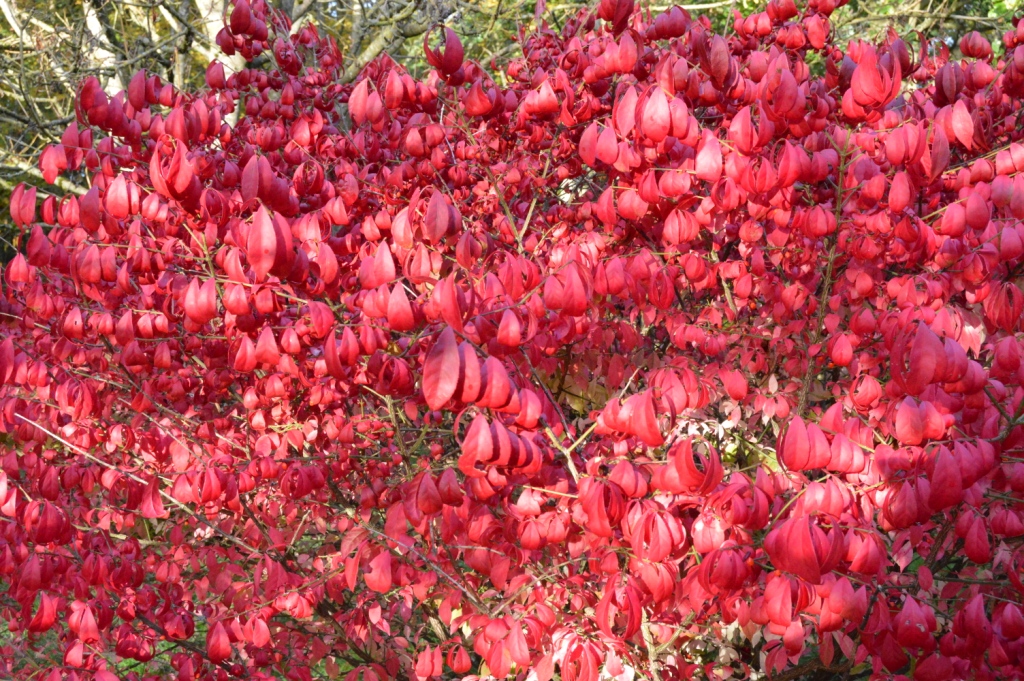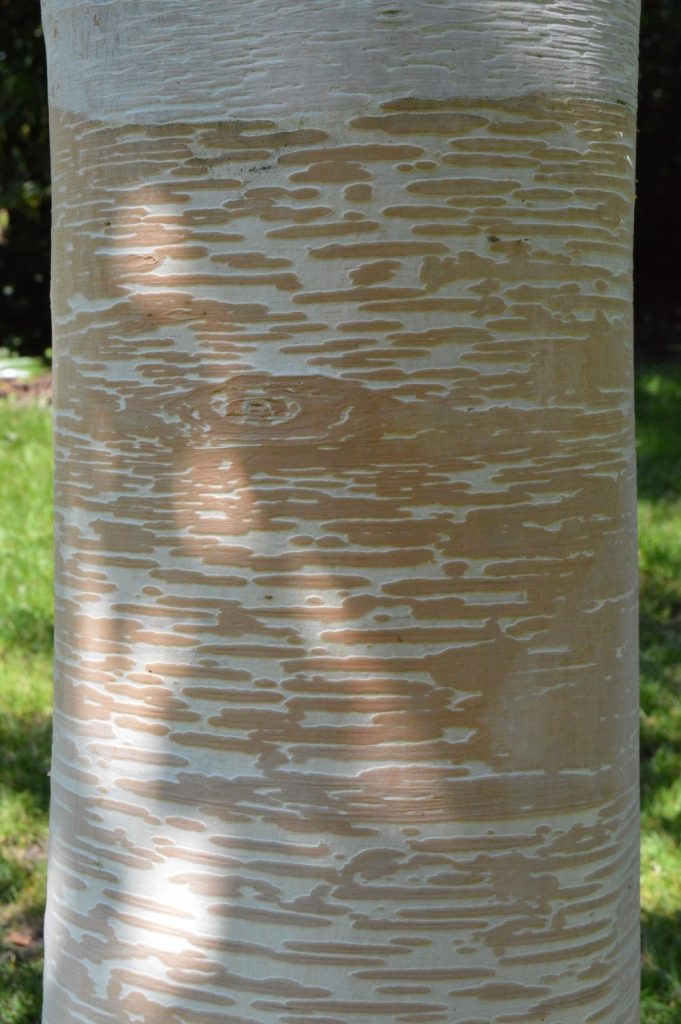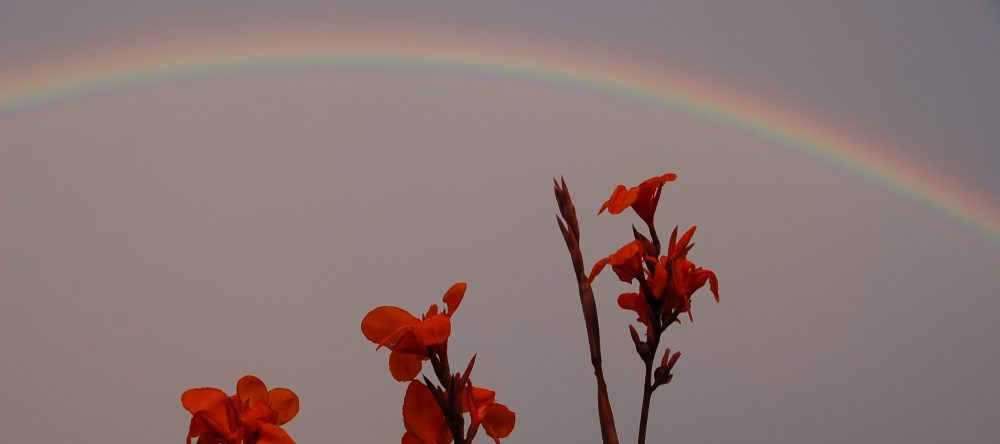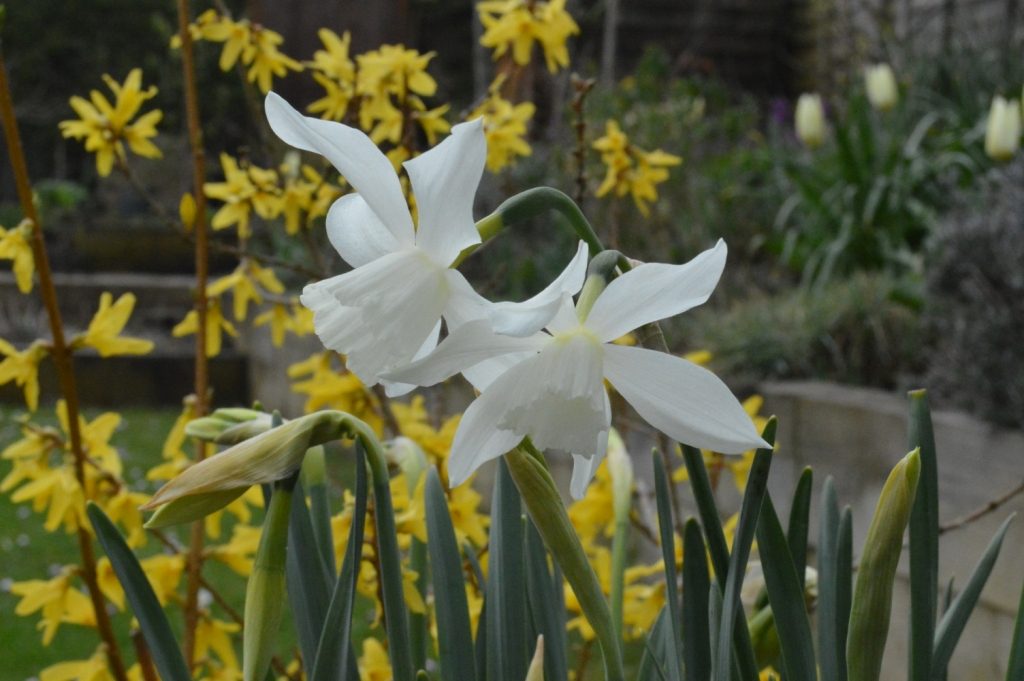It seems to me there’s always been a tension between the use of deciduous and evergreen trees and shrubs in gardening and garden design. I have to say, I’ve tended to favour the former. Maybe it’s because I grew up in a time when gardens were often filled with boring, uniform conifers; from large, quick-growing hedging plants like the dreaded Leylandii, to a proliferation of ‘dwarf’ conifers (many of which turned out to be rather bigger than expected).
Of course, some plants are more exciting than others, and that goes for both evergreens and deciduous.
Defending the deciduous…
People who favour evergreen plants point out that they give form, presence and greenery throughout the winter, whereas deciduous plants do their thing in the growing season, then shrink back to virtually nothing in winter, leaving then garden all but empty but for a few dead-looking sticks.
It’s true that deciduous plants are much reduced. But bear in mind many of them do something like this before they drop their leaves…

Add in beautiful flowers during the growing season, and perhaps we can forgive them for being somewhat sparse in their dormant period. But actually, those dead-looking sticks are not as uninteresting as you might at first think. Denuded of leaves, woody plants display a form and structure that is architectural; sculptural, and very beautiful…

Their branches make interesting shapes. They change with the changing light. When it’s sunny, they cast bold shadows on the ground. They accumulate lichen and moss, which adds shading and texture. And in fact the idea all deciduous plants are dormant in winter isn’t correct either. Some of them flower on bare branches…

Others, particularly willow and hazel, produce attractive catkins. And once the leaves have fallen, we discover that many plants have beautiful stems and trunks…


There’s something both very spiritual, and also rather scary about plants that are dormant during the winter. They speak to us of the transient nature of life. But they also highlight the great joy of renewal in spring; something you might miss if you only have evergreens.
Evergreens – not so boring after all…
While evergreen aficionados point to a lack of winter interest in deciduous plants, those in the opposing camp tend to think of evergreens as being boring. They may have presence all year round, but it never changes…

Start to think about it, and you realise that evergreens produce some of the most impressive and prolific blooms of all plants, from rhododendrons and camelias, to Olearia (daisy bush), magnolias, and ceanothus (California lilac). And far from being a uniform, dull green, they come in many shades, from dark to light, and leaves with attractive markings and patterns.

And many evergreens have something else to offer too. For as long as there have been gardens, people have indulged their creative tendencies by trimming plants into interesting shapes.

The most useful plants for topiary are evergreens such as box and yew. There is, I suppose, a contradiction here, because how often do you see box, or yew for that matter, allowed to grow naturally, without being shaped? We value these plants so highly, but also see their natural growth habits as uninteresting.
Time to put aside favouritism…
The reality of course is that to maximise the impact and benefits of our gardens, we should make use of the features and advantages of both deciduous and evergreen plants.

In most circumstances the best solution will be a mix of evergreen and deciduous plants, chosen to suit the conditions and to compliment each other as part of a balanced design.
text & images © graham wright 2022

 After the winter we’ve had here, the term ‘evergreen’ may have to be reviewed. Sadly, I’ve come across a lot of evergreens that will now be forever brown. The following two sad specimens illustrate the point rather well.
After the winter we’ve had here, the term ‘evergreen’ may have to be reviewed. Sadly, I’ve come across a lot of evergreens that will now be forever brown. The following two sad specimens illustrate the point rather well.



 Two of my favourite tulips: ‘Balerina’, with ‘Queen of Night’ just coming through
Two of my favourite tulips: ‘Balerina’, with ‘Queen of Night’ just coming through
